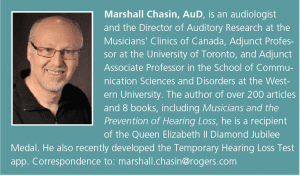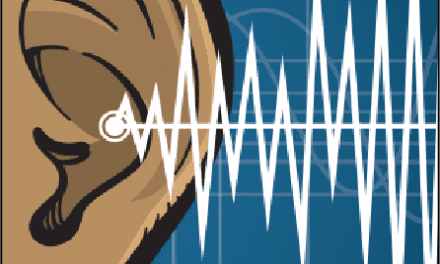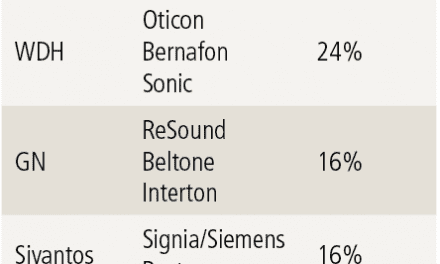Back to Basics | September 2018 Hearing Review
I recall a time, not too long ago, when the only form of photographic evidence admissible in a court of law was a Polaroid shot. This was a self-developing technique and, as such, could not be altered. In contrast, with the current form of photography and digital imagery, any 14-year-old kid could alter it using a program like Photoshop and even give me Justin Bieber’s hair.
Are we now at the point where audio files—whether they are MP3, WAV, or any other format—would come under suspicion of being altered and, therefore, not of any great forensic use?
With today’s spectral analysis software programs, regardless of how sophisticated they are, one can make a monkey talk or someone say something that they never said. Most software programs have some form of synthesis, and this can be as simple as using macroblocks and simply cutting and pasting data, or as complex as (and as time-consuming) as building up a waveform from its constituent pure-tone building blocks. Doing so would not leave any forensic clues behind, or worse, create false forensic clues.
This is not like the “olden” days when I was a grad student. In the 1970s and early 1980s, in order for speech or music to be altered, one either needed to physically cut the recording tape and reattach it, or change the playback speed. In both cases, the tampering was obvious and a cut tape could be easily detected. And altering the playback speed changed everything from formant location to harmonic spacing. In short, in the 1970s and early 1980s, what was recorded on a tape was undoubtedly really what was recorded; any tampering was quite obvious.
We now live in exciting times, and although it is pretty obvious that Justin Bieber didn’t lend me his hair, other subtle changes are not so apparent.
I was an expert witness in a murder trial back in the mid-1990s and my task was determining whether the person on the tape was the person who was charged. He wasn’t, by the way, but I suspect that he was there at the murder scene. It was easy to do a series of spectral analyses showing that the third formant (F3) of the accused’s low and front vowels were different from that which was on the tape. (The defense lawyer, of course, would not have put me on the stand if they were the same).
Even back in the mid-1990s, a smart prosecuting attorney should have asked me about an altered audio file that could have been changed in order to get my client off. MP3 files have been around since 1993, but I guess that knowledge of the subtleties of the technology had not yet filtered down to the general public. The audio files were on cassette tapes, but if I was unscrupulous, I could have created an MP3 file of the vinyl tape, altered it, and then re-taped it.
I could have changed the location of the formant structure of my client’s voice (equivalent to changing the length of his vocal tract); I could have left the formant structure intact, but changed the fundamental frequency (voice pitch); I could have done both, or even treated each frequency region differently. However, the point is this could easily have been done in 1994.
While the audio field has been progressing away from the Polaroid equivalent, the text files can be encoded as a PDF courtesy of Adobe Reader. PDFs cannot be altered (unless using another Adobe program such as Adobe Acrobat), but in most cases of “everyday business,” PDFs are preferred over more easily alterable Word files. Maybe it’s time to only accept audio Polaroids again in courts of law? Too bad we don’t (yet) have the equivalent of a Polaroid!
Parts of this were initially published at: https://hearinghealthmatters.org/hearthemusic/2017/are-polaroids-needed-all-over-again/
Original citation for this article: Chasin M. Are Polaroids needed all over again? Hearing Review. 2018;25(9):10.








